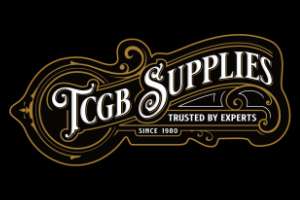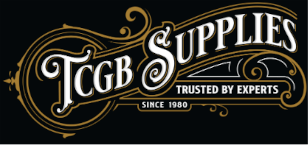The Evolution of Bug Pin Tattoo Needles: From Insects to Ink
Tattooing has come a long way since its early days, and if you’ve been around the scene for a while, you know just how much the tools have changed. One of the biggest game-changers in recent tattoo history has been the development of the tattoo needle—especially the Bug Pin tattoo needle. Now, if you’re wondering how something originally designed for pinning insects ended up in the hands of tattoo artists, you're not alone. It’s a pretty interesting story! So, let’s dive into how these needles, once used for entomology, became a staple in modern tattooing.
A Brief History of Tattoo Needles
In the beginning, early tattoo artists were limited to hand tools, but when the electric tattoo machine was introduced, it opened up a whole new world of possibilities. Tattooing became faster, more precise, and allowed for much greater detail. For years, tattoo artists relied on size 12 sharps, which were reliable and well-suited for most designs. These needles were typically attached to a needle bar. However, as tattoo styles grew more intricate, artists began seeking a needle to handle finer lines more precisely. That’s when the size 15 beading needle—designed for sewing—gained popularity. It created clean, sharp lines that were perfect for fine-line work. For a time, this technique was a well-kept secret among the old-timers.
The Needle Industry's Big Discovery
In the second half of the 1970s, something unusual caught the attention of Needle Industries, one of the UK’s largest needle manufacturers. Tattoo artists were ordering massive quantities of needles—sometimes up to 100,000 at a time. Naturally, the company was curious, and it didn’t take long to figure out why. Tattooists were buying the needles in bulk, selling them on to other tattooists. Using new tattoo needles for each client and then discarding them afterwards. It became clear that tattooing was booming, and they had ample opportunity.
Needle Industries decided to streamline the production process to keep costs down and meet the demand. They eliminated the eye of the needle, creating eyeless 12 sharps—simple, efficient, and much cheaper to manufacture. However, there was one major issue. These needles were made from carbon steel, which could rust quickly if not handled or stored correctly, especially during sterilisation. As a result, a lot of needles were getting ruined, leading to wasted materials and even more frustration for tattoo artists who needed reliable, sterile needles for each session. This became a significant issue that needed to be addressed as the tattoo industry expanded. By the end of the 1970s, tattooing was enjoying a major rise in popularity.
Enter Bug Pin Needles
As tattooing grew, artists began pushing the limits of what could be achieved on the skin. During this exciting period, tattooists started seeking more reliable tools—that’s when they discovered bug pins. By this time, autoclaves were becoming common in tattoo studios, and stainless steel needles were essential to resist corrosion during sterilisation, ensuring safety and longevity.
Originally designed for pinning insects, these stainless steel needles were a breakthrough in the industry. They were more robust, durable, and far more rust-resistant than the carbon steel needles that had been the standard. It wasn’t long before tattoo artists realized that the Pink Elephant brand of bug pins, imported from Austria, was perfect for the job. The fine-tipped needles in sizes 0 (0.35mm), 00 (0.30mm), and 000 (0.25mm) quickly became the go-to for detailed, fine-line work. These bug pins closely resembled the beading needles tattoo artists had used for years but with the bonus of durability, making them a far better fit for the demands of tattooing.
The Rise of Bug Pins Tattoo Needles Cartridges in Tattooing
As tattoo machines developed, so did the needles they used. Bug pin needles quickly became the top choice for artists seeking precision and the ability to create fine detail. These needles offered the ideal balance of sharpness and durability, allowing tattooists to execute intricate line work, smooth shading, and flawless lines—essential for the rising demand for more complex and detailed tattoos.
Today, bug pin cartridges have become the go-to choice for professional tattoo artists worldwide. Whether it's for delicate fine-line tattoos, intricate details, or seamless shading, bug pins are among the most reliable and effective needles available. What started with smaller diameters for fine-line work has evolved into the modern tattoo needle cartridge system, allowing for even greater precision, ease of use, and versatility. From their early use as insect display tools to their role in shaping the future of tattooing, bug pin needles paved the way for the innovative tattoo needle cartridge that dominate the industry today.
Bug Pin Tattoo Cartridge Needles


